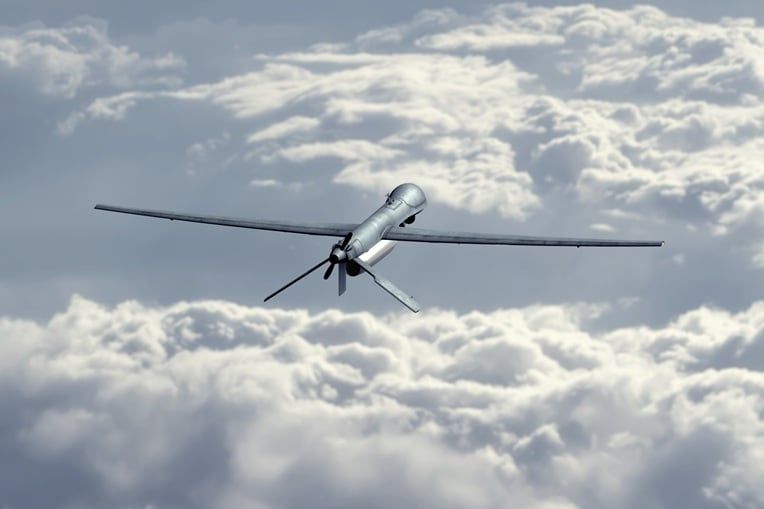In production...
• Deburring and finishing: Smooths cast and machined metal components to reduce assembly issues and improve fit.
• Composite preparation: Cleans and prepares composite surfaces for adhesive bonding and coatings without aggressive dry-media damage.
• Coating readiness: Delivers a consistent surface profile for primers, paints and protective finishes.
In maintenance and repair...
• Corrosion and coating removal: Strips corrosion, scale and old coatings from brackets, housings and small parts without excessive material loss.
• Dust-suppressed cleaning: Limits airborne particulates, protecting nearby avionics and sensors during work.
• Sensitive components: Suitable for optical domes, radomes, propellers and other surfaces where dry blasting would be too abrasive.
• Fatigue benefits: When applied appropriately (for example, controlled wet peening), it can improve fatigue performance on selected metal parts.
When integrated into established manufacturing and MRO workflows, wet blasting offers measurable benefits beyond surface cleanliness. By reducing rework, improving surface consistency and supporting controlled fatigue enhancement, it can contribute directly to component reliability and longer service life.
The dust-suppressing process also reduces contamination risks for avionics and sensors, creating a cleaner, safer maintenance environment. For engineers and technicians assessing surface-preparation techniques for UAS production or maintenance, wet blasting represents a proven method.
Learn more about the applications and advantages of wet blasting for aerospace manufacturers























